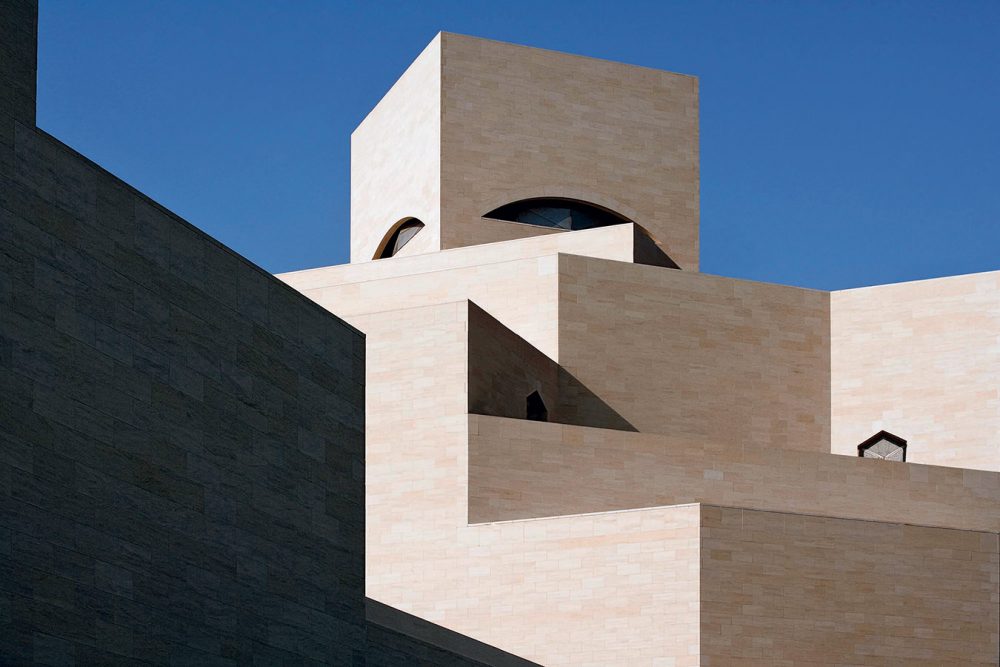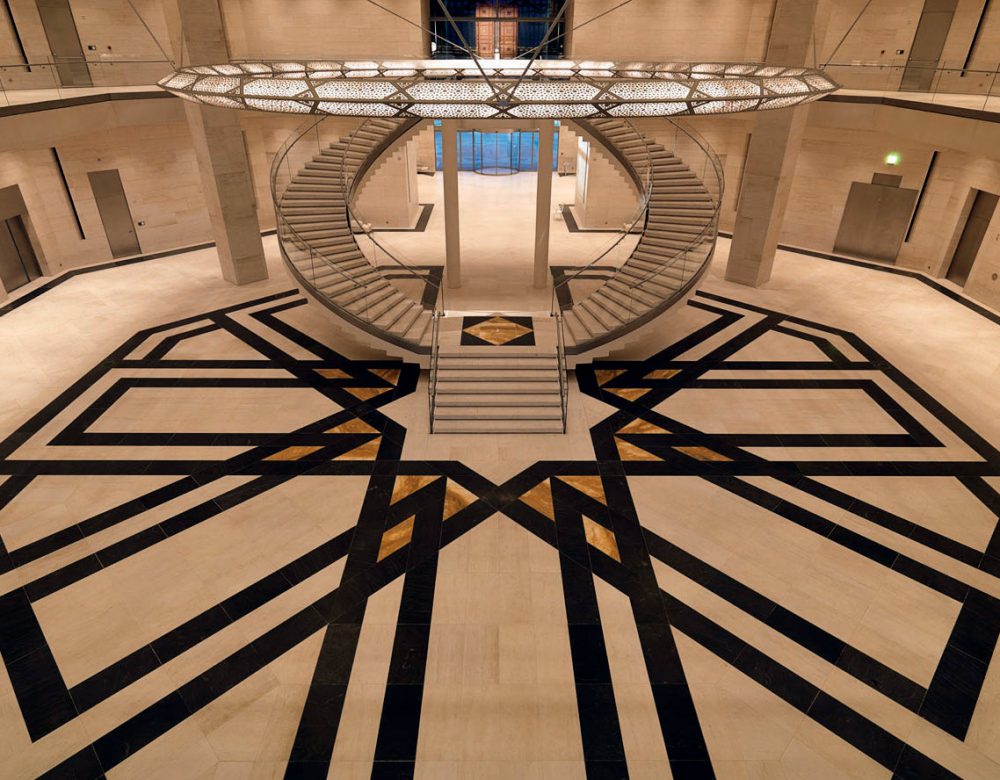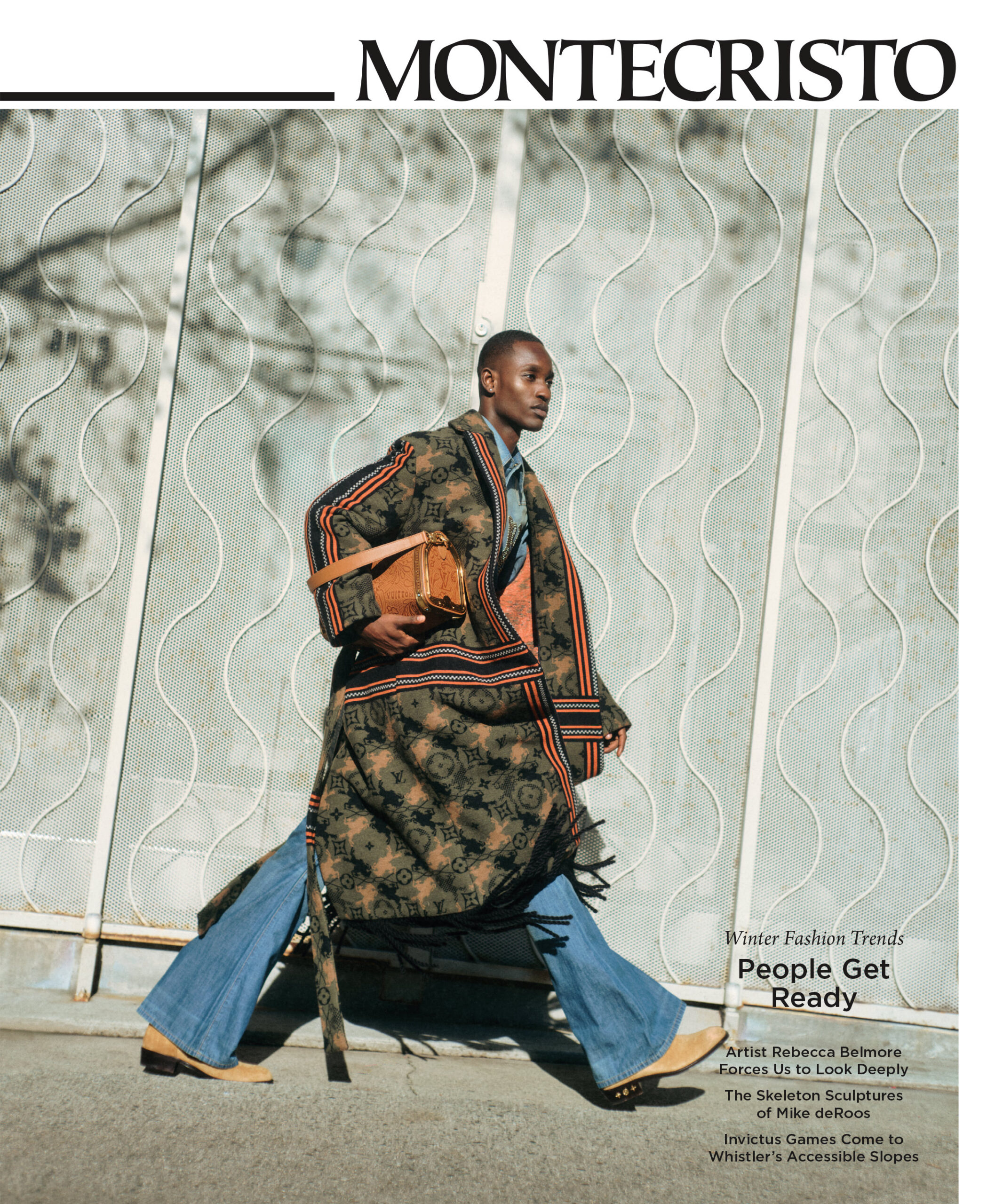In October 2010, five years after opening its Dubai office, international auction house Christie’s achieved a world-record price for any Arab or Iranian painting at auction with the sale of Egyptian artist Mahmoud Said’s The Whirling Dervishes, selling it for $2,546,500 (U.S.) with buyer’s premium, exceeding the high estimate of $400,000. It was a posthumous success for Said, a lawyer-turned-artist and pioneer of the Egyptian modern art movement, who died in 1964.
While talk of Egyptian art at auction typically bends one’s thoughts toward antiquity, the sale of this painting could be seen as a turning point in the fluorescence of the Middle Eastern modern and contemporary art market. The rapidly growing arts scene in Dubai, neighbouring emirate Abu Dhabi and nearby Qatar are quickly establishing this part of the world as an international arts hub.
When Christie’s first opened its doors they projected $30-million (U.S.) in sales between 2006 and 2009. Within two years of auctions, Christie’s had successfully generated more than $100-million. London-headquartered Bonhams Fine Art Auctioneers followed suit and in 2008 set a world record for the first Middle Eastern artwork to sell at auction for over $1-million (U.S.).
Undoubtedly, the region’s incredible wealth, paired with the growing interest in both regional and international modern and contemporary art, has pushed prices higher. The July edition of The Art Newspaper reported that Qatar is the world’s biggest buyer in the art market, and the purchasing force behind most of the significant modern and contemporary art deals in the last few years.
Though regarded by some as the catalyst to internationalizing the Middle Eastern market, high-end auction houses were actually not the first on the scene. Art fairs such as the Sharjah Biennial—which had its inaugural exhibition in 1993—are regarded as a pioneers in bringing contemporary art to the Middle East. The Art Dubai art fair, its fifth iteration now complete, has every year drawn more and more participation from international galleries. This year’s fair included over 80 galleries, one-third local to the region, one-third from Europe and one-third from Asia and the United States. Meanwhile, at its annual art fair, Abu Dhabi Art has attracted heavy hitters like the New York–headquarted Gagosian Gallery and London-centred White Cube. Not only has Middle Eastern art captured the interest of buyers, but international modern and contemporary art has captured the interest of Middle Eastern buyers.
Along with art fair initiatives and the opening of many commercial galleries come the ambitious museum projects both complete and underway in the Middle East. Under the auspices of the Qatar Museums Authority, Qatar has already opened the I.M. Pei–designed Museum of Islamic Art in 2008 and the Mathaf Arab Museum of Modern Art—the first of its kind and named so after the Arabic word for “museum”—in December 2010, which celebrates modern and contemporary art in the region and the Arab diaspora. Currently under construction and slated for opening in 2013 is the National Museum of Qatar, designed by award-winning architect Jean Nouvel.
Meanwhile, the nearby United Arab Emirates has undertaken a $27-billion (U.S.) endeavour with the development of Saadiyat Island, intended to become an important cultural centre and which will house the Frank Gehry–designed Guggenheim Abu Dhabi (to open in 2014) and the Louvre Abu Dhabi (to open in 2013). With governmental and royal family support, it is reputed that Abu Dhabi is planning to spend $50-million (U.S.) to fill its Louvre.
Bringing contemporary art to the Middle East is not without its challenges; religious conservatism and cultural sensitivities may be ignited when addressing artworks challenging issues of religion, politics and sexuality. Nudity and images or artworks satirizing religious figures or members of the ruling elite are met with censorship and blasphemy laws can result in jail time. It is inevitable that when embracing the international contemporary art world, collectors will encounter works that agitate and provoke, and that flirt with the boundaries of cultural and religious sensitivities. Earlier this year, the director of the Sharjah Biennial was fired after numerous complaints over an artwork that contained sexually explicit poetry, some of which made references to Allah.
But Middle Eastern contemporary art is not just for the Middle East. Vancouver’s own Museum of Anthropology is set to introduce a Canadian audience to “Safar/Voyage: From Geographies to Inner Landscapes in Arab, Iranian and Turkish Contemporary Art”, opening in spring 2013, an opportunity to see what is contributing to the establishment of the Middle East as a world-class arts centre.










